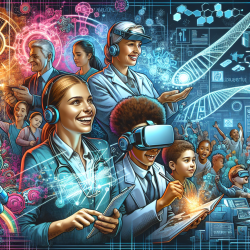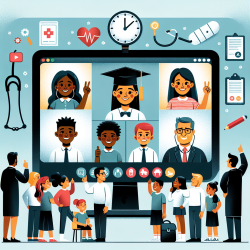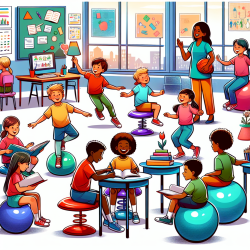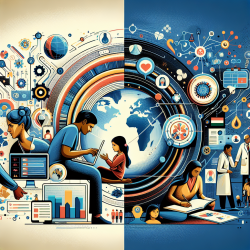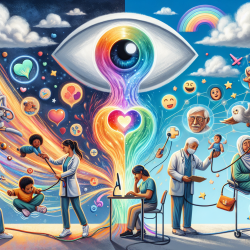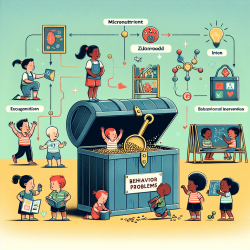Introduction: Harnessing Innovation in Speech-Language Pathology
In the dynamic world of speech-language pathology, staying abreast of technological advancements and research is crucial for practitioners aiming to deliver optimal outcomes for children. The research article titled "Democratizing ownership and participation in the 4th Industrial Revolution: challenges and opportunities in cellular agriculture" offers valuable insights into how emerging technologies can be leveraged to enhance practices in our field. By understanding and implementing the findings from this research, practitioners can drive significant improvements in their therapeutic approaches and outcomes.
Understanding the 4th Industrial Revolution and Its Implications
The 4th Industrial Revolution (4IR) represents a convergence of artificial intelligence, the Internet of Things, advanced materials, and bioengineering technologies. This revolution is not just transforming industries but also presenting opportunities to democratize ownership, broaden participation, and reduce environmental harms. Cellular agriculture, a prime example of 4IR technology, integrates computer science, biopharma, tissue engineering, and food science to produce cultured meat and dairy products.
While this may seem distant from speech-language pathology, the principles of democratizing technology and fostering inclusive innovation can be directly applied to our field. By embracing these concepts, practitioners can enhance their engagement with stakeholders, improve therapeutic outcomes, and ensure equitable access to services.
Implementing Research Findings in Practice
Here are some actionable steps practitioners can take to integrate the insights from the research into their practice:
- Adopt Data-Driven Approaches: Utilize data analytics to personalize therapy plans, track progress, and make informed decisions. This mirrors the use of big data in cellular agriculture to optimize production and distribution.
- Foster Collaborative Innovation: Engage with interdisciplinary teams to develop innovative solutions for speech-language challenges. Collaboration across fields, as seen in cellular agriculture, can lead to groundbreaking advancements in therapy techniques.
- Embrace Open Source and Sharing: Share resources, tools, and knowledge with fellow practitioners to build a community of practice that supports continuous improvement and innovation.
- Engage with Stakeholders: Involve parents, educators, and other stakeholders in the therapy process to ensure that interventions are holistic and address the unique needs of each child.
Encouraging Further Research and Exploration
While the research article provides a foundation for understanding the potential of 4IR technologies, there is much more to explore. Practitioners are encouraged to delve deeper into the research and consider how these concepts can be applied to their specific contexts. By staying informed and curious, practitioners can continue to drive innovation and improve outcomes for children.
Conclusion: A Call to Action
As we navigate the complexities of the 4th Industrial Revolution, it is imperative that speech-language pathologists embrace innovation and inclusivity. By doing so, we can ensure that our practices are not only effective but also equitable and accessible to all children. Let us commit to a future where technology and collaboration empower us to achieve the best possible outcomes for those we serve.
To read the original research paper, please follow this link: Democratizing ownership and participation in the 4th Industrial Revolution: challenges and opportunities in cellular agriculture.
